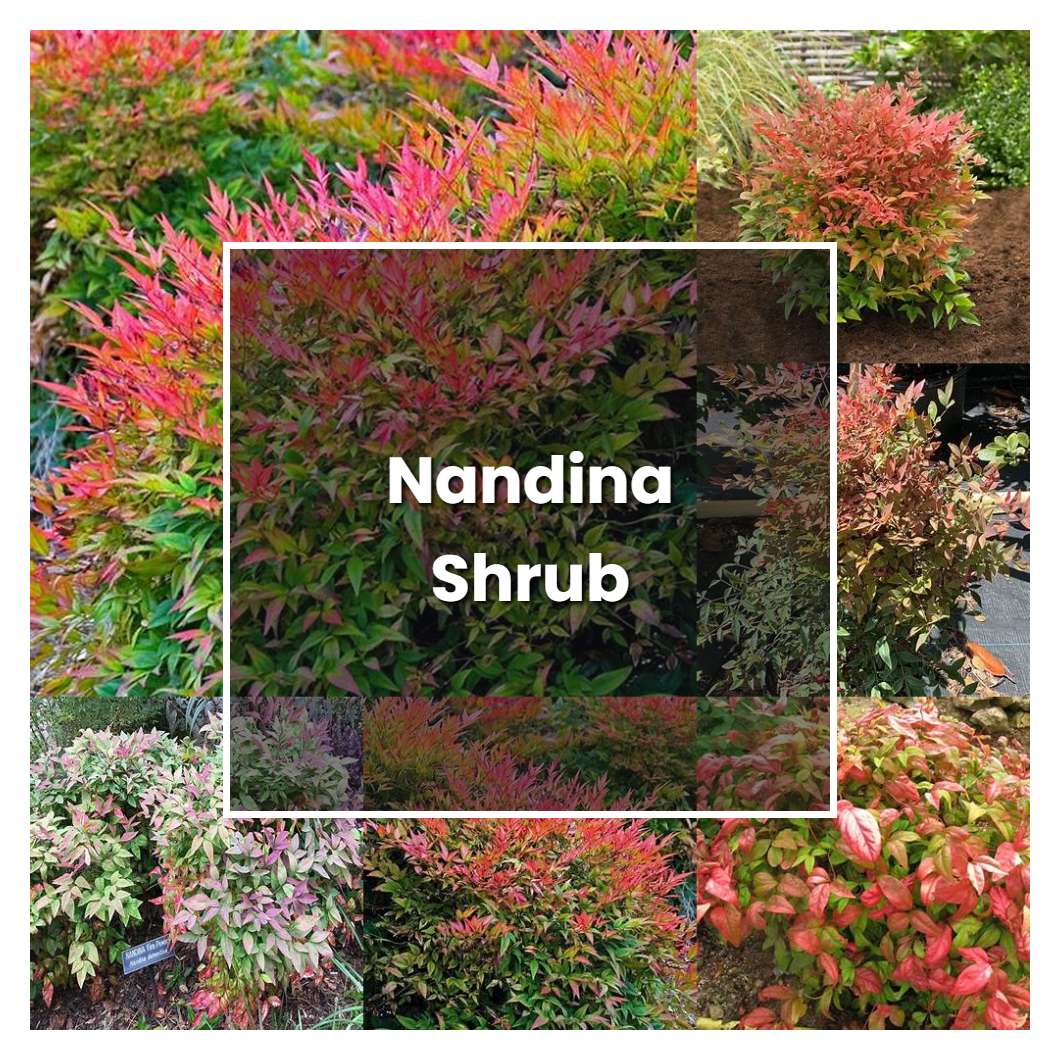Nandina shrub is a beautiful, ornamental plant that is perfect for adding a touch of elegance to any garden. It is native to China and Japan, and has been cultivated in the West since the 18th century. The nandina shrub is an evergreen, meaning it will keep its leaves all year round. It can grow to a height of 6 feet, and its leaves are a glossy green with red margins. The nandina shrub produces small, white flowers in the spring, followed by red berries in the fall.

Related plant:
Nandina Domestica Richmond
Related plant:
Nandina Domestica Fire Power
About soil condition, Nandina shrub prefers rich, well-drained soil but also does well in average, dry to somewhat dry soil. It does not tolerate heavy, wet soils. If you have heavy clay soil, mix in some sand and organic matter to improve drainage. Nandina shrub is tolerant of both acid and alkaline soils.
So, like the other plants, Nandinas need sunlight to grow. They prefer full sun, but can also tolerate partial shade. If they don't get enough sun, they may become leggy and produce fewer flowers. So, make sure to give them a sunny spot in your garden!
The temperature condition that is most ideal for the nandina shrub is one that is cool and moist. This shrub does not do well in areas that are too hot or too cold. It is important to make sure that the nandina shrub is not exposed to any extreme temperatures.
Ideal humidity condition for this plant is 50% or lower. The plant will suffer if the humidity is too high, as the leaves will begin to yellow and fall off. If the humidity is too low, the leaves will dry out and turn brown.
Regarding fertilizer, this family of plant is very forgiving. You can use any type of fertilizer, organic or not. Just be sure to spread it around the base of the plant, not right up against the stem. The roots of this shrub are relatively shallow, so be careful not to overdo it with the fertilizer, or you may end up with burned roots.
Pruning is an important part of keeping your nandina shrub healthy and looking its best. You'll need to prune annually to remove any dead or dying branches. You can also prune to shape the shrub or to control its size. When pruning, be sure to make clean cuts at a 45-degree angle.
Propagation is best done by taking semi-ripe cuttings in late summer or early autumn. Softwood cuttings can be taken in late spring. The cuttings should be about 10cm (4in) long and have a heel if possible. Use a sharp knife or secateurs, and make a clean cut just below a leaf joint. Remove the lower leaves, then insert the cutting into moist, sandy soil in a propagator or place it in a plastic bag. Keep at a temperature of 18-21°C (64-70°F).
Usually, the plant growth rate is considered to be fast when young, but will eventually begin to slow with age. When planting, be sure to give the shrub room to grow since it can reach up to 6 feet tall and wide. Nandina shrubs are known to be heat and drought tolerant once they are established.
Common problems for this kind of plant are insect pests and diseases. Insect pests include scale, whiteflies, and mites. These insects can cause damage to the leaves and stems of the plant. Diseases that can affect nandina shrub include rust, powdery mildew, root rot, and wilt. These diseases can cause the leaves to turn yellow or brown and the stems to weaken.
Source:
Managing Pests in Gardens: Trees and Shrubs: NandinaUC IPM - ucanr.edu
Nandina shrubs offer gorgeous winter color | Mississippi State ...
Nandina domestica - Aquatic Plant
